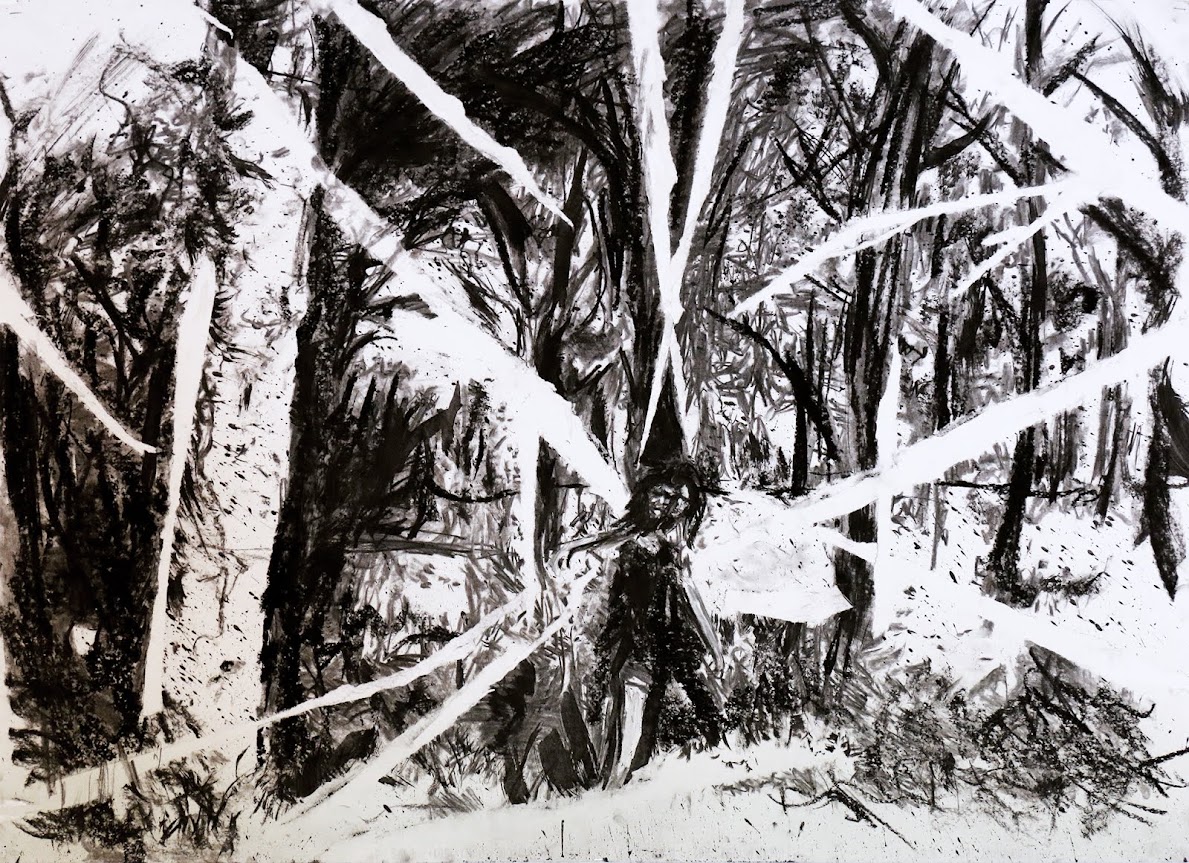It has been awhile, and I am sorry for the lack of updates recently, but here is some info on a very relevant artist to support the current GCSE printmaking and collage project. (text taken from Tate Online)
Kurt Schwitters 1887-1948
German painter, sculptor, typographer and writer. Born in Hanover. Studied at the School of Arts and Crafts in Hanover 1908-9 and at Dresden Academy 1909-14. Influenced by Expressionism and Cubism 1917-18. In 1918 created his own form of Dada in Hanover called 'Merz', using rubbish materials such as labels, bus tickets and bits of broken wood in his collages and constructions. Friendship with Arp, Hausmann and van Doesburg. Published the first edition of Anna Blume (a collection of poems and prose pieces) in 1919 and the magazine Merz 1923-32. First one-man exhibition at the Galerie Der Sturm, Berlin, 1920. Began in 1923 to build fantastic Merz constructions in his house in Hanover (the first 'Merzbau'). Spent the summers in Norway from 1931 and emigrated in 1937 to Lysaker near Oslo. Fled to England in 1940, spent seventeen months in internment camps, then lived 1941-5 in London. Moved in 1945 to Ambleside in the Lake District. In the last months of his life, he began a further Merz construction in an old barn at Langdale. Died at Kendal.

(Relief in Relief) circa 1942-5
Oil on wood and plaster
object: 495 x 413 x 102 mm
relief
Initially associated with the irreverent Dada movement in 1920s Germany, Schwitters developed an interest in collage and the complex visual inventions this technique made possible. He coined the term MERZ to describe his highly idiosyncratic approach to making art. Schwitters stayed true to these principles even when he left Germany after the rise of National Socialism and emigrated to Britain. He often took months over his constructions, painstakingly searching for the appropriate elements. In wartime Barnes, where glossy magazines for his collages were scarce, the artist used driftwood from the Thames.

The Autumn Crocus 1926-8, reconstructed 1958
Die Herbstzeitlose
Painted concrete
object: 806 x 298 x 305 mm
sculpture
Transferred from the Victoria & Albert Museum 1983
T03766
In the 1920s, when the first version of this sculpture was made, Schwitters was exploring ways of combining geometric forms with more fluid, organic shapes. The sculpture twists upwards, suggesting the 'half spiral' that he identified as 'the most important of my forms'. This replica was made to stand as Schwitters' gravestone in Ambleside, in the Lake District, but the local vicar refused to have it erected. The title is a piece of wordplay. It identifies a favourite flower, but also one who 'does not live to enjoy the autumn of his days.'

Picture of Spatial Growths - Picture with Two Small Dogs 1920-39
Bild mit Raumgewächsen-Bild mit 2 kleinen Hunden
Mixed media collage on board
frame: 1155 x 863 x 131 mm support: 970 x 690 x 110 mm
This assemblage of discarded rubbish and printed ephemera was begun in Germany in 1920. In 1937, Schwitters fled Nazi Germany and went to Norway, where he added layers of Norwegian material: theatre tickets, receipts, newspaper cuttings, scraps of lace, and a box with two china dogs. The different layers of collage reflect the artist's journey into exile. Schwitters coined the term Merz to describe this form of art, which arranges the detritus of urban civilization in a highly ordered composition.
(From the display caption August 2004)

The Proposal 1942
Die Brautwerbung
Collage
support: 319 x 395 mm
on paper, unique
Accepted by H.M. Government in lieu of Inheritance Tax and allocated to Tate 2007
T12398
The Proposal takes its title from the nineteenth century lithographic illustration over which Schwitters pasted sections of a magazine advertisement. The high colour of the advertisement is set against the monochrome of the print. A conflict between a brash contemporary society and nineteenth-century restraint seems to be suggested. In other similar works Schwitters makes it clear that the contemporary vision being referred to is modern America. Knowing that Schwitters was an exile in wartime London when he conceived this image of prosperity makes it all the more poignant.
